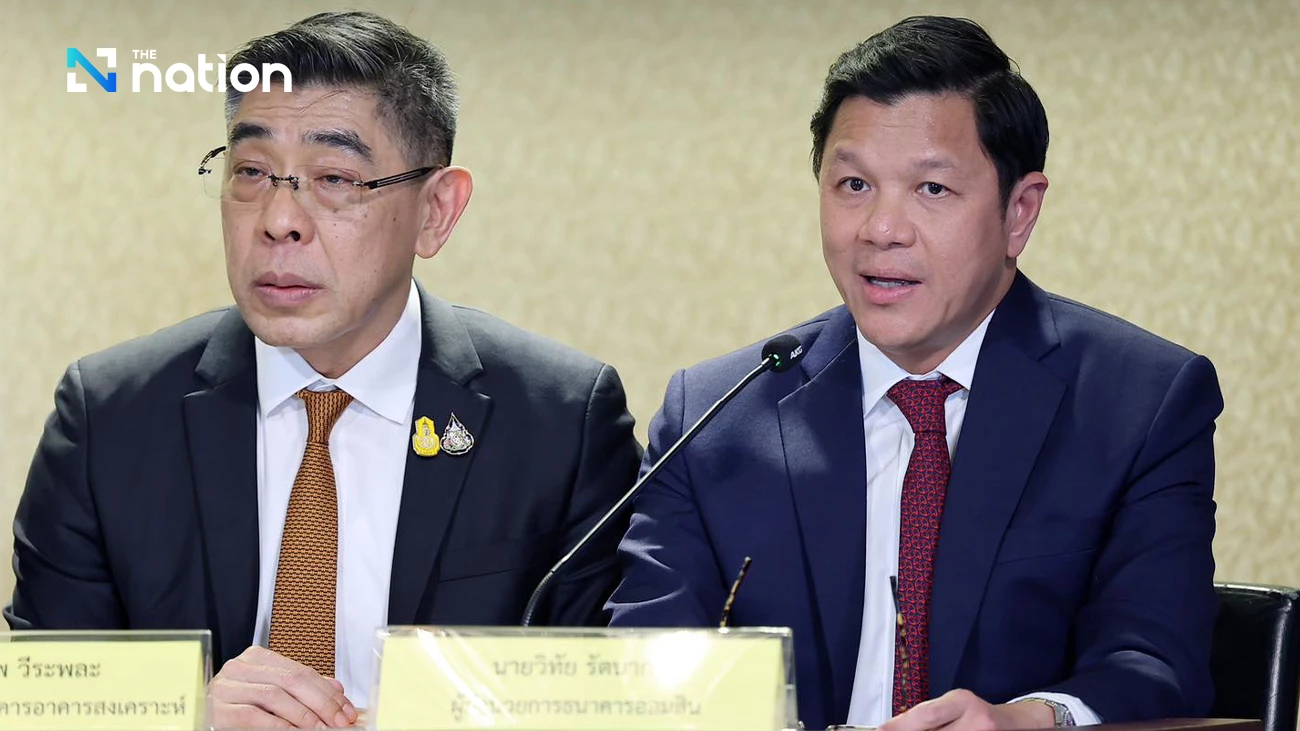Infrastructure key to helping the most disadvantaged nations in region, ESCAP report says

Geographically disadvantaged nations and least developed countries (LDCs) in the Asia-Pacific region can boost national incomes, educational attainment and life expectancy by reducing their sizeable physical infrastructure gaps, the United Nations Economic and Social Commission for Asia and the Pacific (ESCAP) said in a report released on Monday.
The group of 36 LDCs, landlocked developing countries and small island developing states in the region collectively known as countries with special needs (CSN), annually require investment equal to 10.5 per cent of their GDP to provide transport, energy, information and communications technology (ICT), and water supply and sanitation to an increasingly urbanising population that is also highly vulnerable to the impacts of climate change.
Current levels of infrastructure funding in these countries fall short of their financing needs by about 3 to 4 per cent of GDP, according to the “Asia-Pacific Countries with Special Needs Development Report 2017: Investing in infrastructure for an Inclusive and Sustainable Future”.
The report finds that a 1 per cent increase in a composite measure of these four key infrastructure elements – presented as an Access to Physical Infrastructure Index - results in a 1.19 per cent GDP increase in the CSN group.
“As infrastructure provides wide economic, social and environmental benefits, it constitutes an essential part of the 2030 Agenda for Sustainable Development,” says the United Nations’ Under-Secretary-General and executive secretary of ESCAP, Shamshad Akhtar, in the preface to the report.





